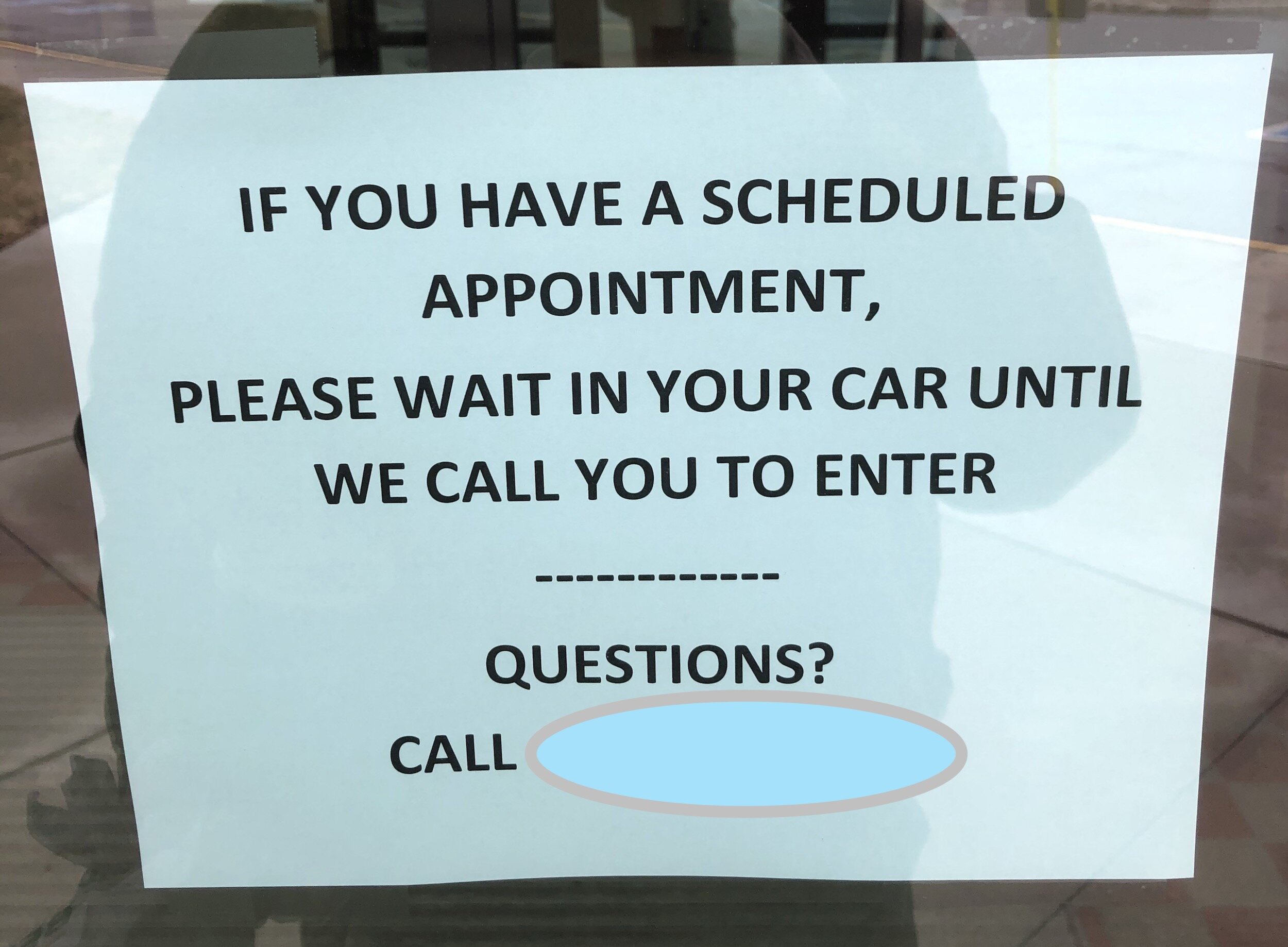Chasing Past Success . . . Leads to Failure
Do you want to be Disney or Pixar? (Yes, I know that Pixar is, now, once again, Disney. But hang on and you’ll I think you’ll see my point.) What am I implying in this comparison? Simply, that everyone makes a choice to either let the “industry” or the “dream” determine their professional path. There was a time where my view of these two companies was like this:
Disney was, in my view, playing it safe. They tightly controlled access to their products (still do), not allowing them to be readily available, and using “new” releases of their content to resell their most successful products, or they remake the popular products (over and over) to create new revenues—and for a time, created little new and interesting products. From a business viewpoint, leveraging their past successes was working—to some degree. But they seemed unaware of the losses they were experiencing through this operational stagnation—the “opportunity costs” of not growing and not capturing new markets. They were stagnant.These costs were exposed when employees left and created Pixar.
Pixar, comprised of employees who left Disney, on the other hand, believed in telling a great new story. They believed that creating a strong story and allowing their team the creative freedom to design the telling of that story would be compelling to their customers. The leaders wanted to create a more dynamic, supportive, team that would engage in finding new stories worth telling. They left Disney because of the constraints on their vision or creating a new process and new products. They found a new niche that exploded with customers for their products—and Disney, eventually, recognizing their missed opportunity—eventual bought them and brought them back into their company.
Fear. The longer I have been a professional, the more I recognize fear as being a primary roadblock for people in many areas of life. From the “narcissist” who will not admit to making mistakes, doesn’t apologize, and who dominates conversations to avoid feeling vulnerable or out of control to the “codependent” who will not stand up for their own best interests, accommodates to everyone else’s wishes and who may enable destructive behavior around them—fear is often one of the causal factors of this behavior.
I have no doubt that there was fear at Disney. What if we go to the expense of creating a new product and it fails? Better to “play it safe” with what we know works. Too often, leaders cling to the successes of the past and forget that the successes came from forging new paths. Disney, once the vanguard of something new, let the past—their own history within their industry—determine their orientation for the future. In a sense, the industry standard was now defining Disney. Not Pixar. Pixar wanted to reshape the industry. They wanted to return to a time when new stories, well told, and creative presentation would become the standard.
Fear and Change
In this blog, we’ve written about fear regularly, we’ve focused on the problems of management by fear. We’ve talked about the lies that people tell themselves to protect themselves and avoid unwanted fears, We’ve detailed the problems expressed by ego, trust, mistakes, or control. Finally, we talked about fear in transitions in family businesses. Fear is a powerful enemy. For many it promotes the prey mentality . . . “don’t move and maybe you’ll survive” . . . for other’s it promotes action . . . “keep moving or you might become lunch.” The best approach to fear is to recognize it but not let it “drive the bus.” Analyzing when it is an indicator of real threats or when it is just a conditioned response.
Professionals are no different than the leadership at Disney. The average professional is content to let the profession shape their practice. Right now, the losses due to “opportunity costs” are not particularly painful. Professionals can make a good living. Many over the course of their career dream about changes they would like to see in their professional practices (like no weekend or evening work, less paperwork, providingnmore educational groups, going entirely private pay, or offering a new type of service) but lack an understanding of the steps to reach their goals, do not have the proper supports, or are fearful of the perceived risks.
At one time in my career I joined a group of professionals whose goal was to support the work of private practitioners. I didn’t attend long. Why? Because, in my estimation, the group primarily focused on the fears the group members had of making a transition into private pay. I heard a lot of support for members but few “solutions” or guidance on how to get to a private pay model. Frankly, if I would have lived in that community it might have been worth while to continue but I decided the value wa not worth a commitment of half a day to attend (travel, meeting, and return trip). Hopefully, those who stayed got something they needed out of it.
Most professionals, in my experience, “go it alone” or with the support of a small set of colleagues, the support of a practice they join, or a mentor. They are limited by the experience, vision, and yes, even fears, of their circle of supporters. Many would benefit from getting outside their parochial environs and find support from coaches that have successfully traversed the path they want to take. Few will.
Approaching . . . cautiously . . . Changes to your practice
Taking risks by investing in one’s own career is often taken tentatively, if at all, by most professionals. They fearfully stop working weekends or cut back on their evenings. They drop an insurance provider with poor fees. The average practicianer will also, of course, attend trainings that they can see will directly help them in their career—a new technique (EMDR training), method of service delivery (Neurofeedback), or product (coaching)— but exploring the cutting edge of practice, new modalities of practice and the changing landscape of engaging professional services are paths chosen rarely, and only by the few.
So, as an example, the enterprising few have created on-line venues for providing counseling and coaching on-line (see, for example, PSYPACT). An increasing number fo professionals over time follow these explorers by joining and providing the services once the framework has been created. More, perhaps most, may take a “watch and wait” stance to see how new approaches “shake out” in the industry. Still others, wary of the ethical challenges, professional licensing limitations, and potential legal risks will not—unless compelled—engage in any way this new frontier of practice and may even question the motives, ethics, and professionalism of those who do. Yet, at it’s very core, it is a change, either good or bad, that is happening and that is unlikely to be stopped, in my opinion, unless it is addressed through regulation on a national level.
No, a professional should never practice in a way they deem to be unethical, of dubious benefit to clients, or out of their scope of expertise. But . . . that doesn’t mean that professionals have to limit themselves to the constraints of the past either. The profession has always changed and grown. From it’s roots in neurology, to the application of psychological principles in industry, to the application to artificial intelligence, the field will continue to evolve. Professional vision and the opportunities they cease will lead the movement. Will you be in your career? Part of the vanguard, scouting out new territory? Perhaps, preferring the safety of journeying among peers positioning yourself firmly in the group? Or, perhaps, the trailing the pack and holding on to the past territory?
This week, I got an email from a professional who is taking part in our Leading Edge Coaching**. We had to delay our meeting but she noted that she has a new contract and couldn’t wait to tell me about it. Good for her! She is courageously moving toward her preferred future and finding that it is possible.
**Leading Edge Coaching (LEC) is our process to provide specially-tailored coaching to a limited number of professionals who want to add contracting and consulting to their “toolbox” of services. Coaching is a monthly one-on-one with Bryan G. Miller, Ph.D.—with most of the work carried out between coaching sessions to keep the cost minimal. The goal of LEC is to help professionals to get their first contract within 6-9 months or expand their current contracts. Space is limited to protect the quality of the service. For further information or to request a spot in our 2020—or beyond—coaching cohort contact us. We promise that there will never be any pressure and all services are provided on an unconditional money back guarantee.























